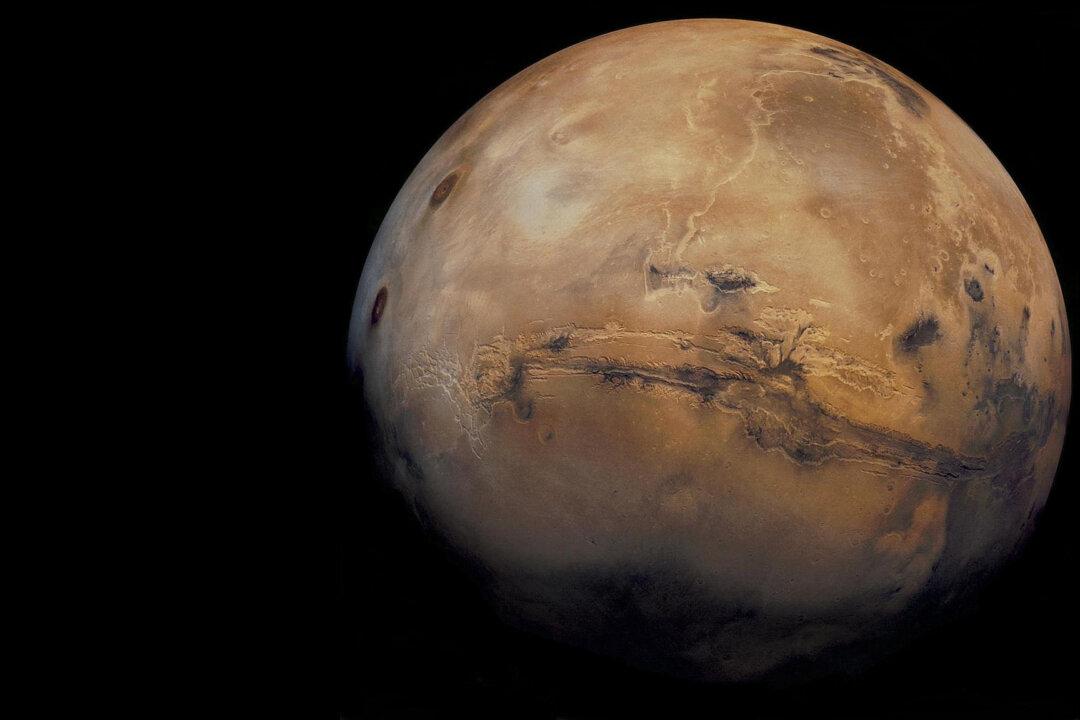Space agencies have discovered oxygen in Mars’s atmosphere—an event which has not occurred since the 1970s.
The Stratospheric Observatory for Infrared Astronomy (SOFIA) has detected atomic oxygen in the mesosphere, or upper layers, of the Martian atmosphere.
The last time atomic oxygen was measured in Mars’s atmosphere, was during the Viking and Mariner missions of the 1970s.
SOFIA is a joint project between NASA and the German Aerospace Center (DLR). It is a modified Boeing 747SP that carries a telescope 100 inches in diameter. It is based at a NASA facility in Palmdale, California. SOFIA flies between 37,000-45,000 feet.




